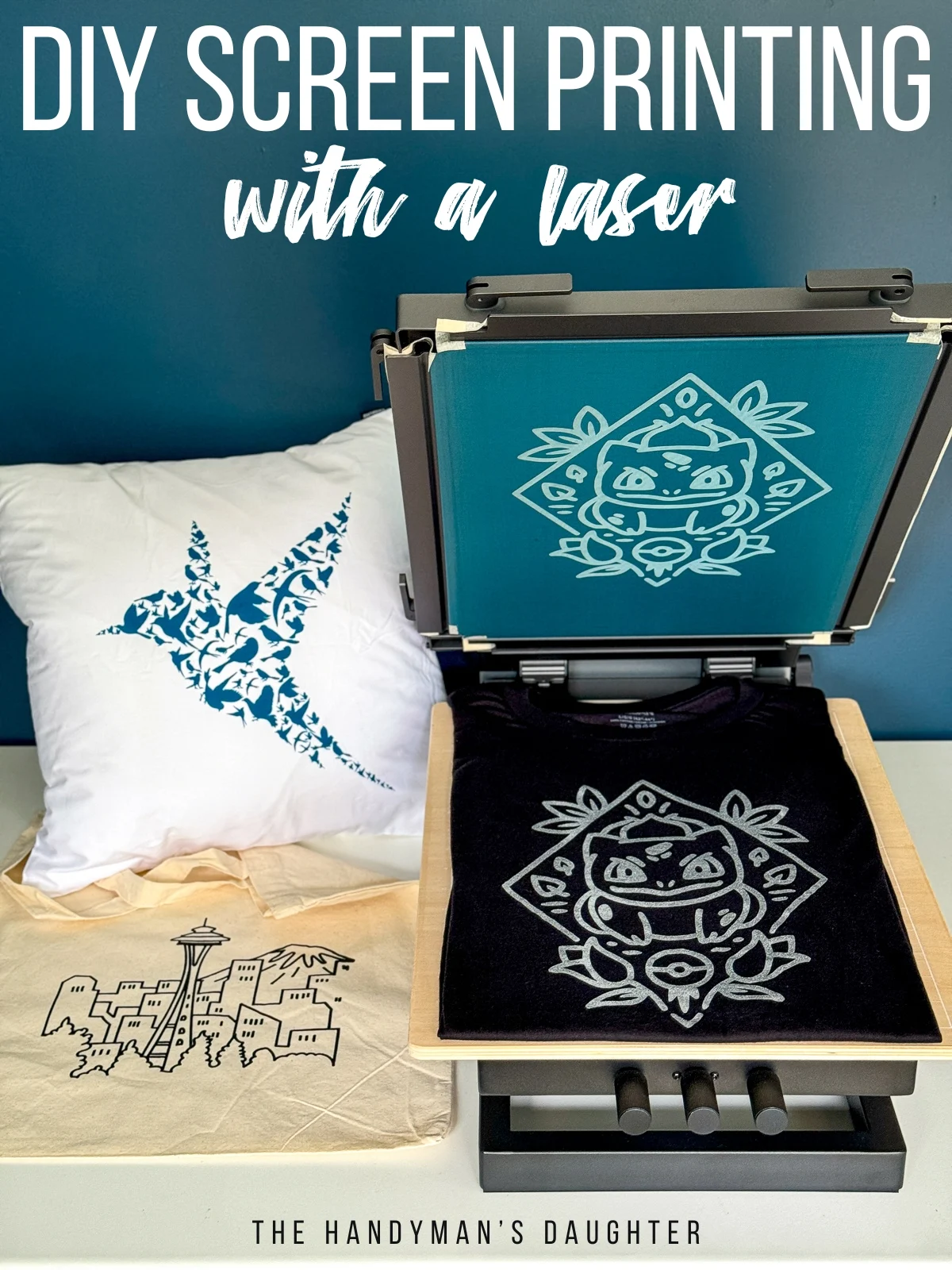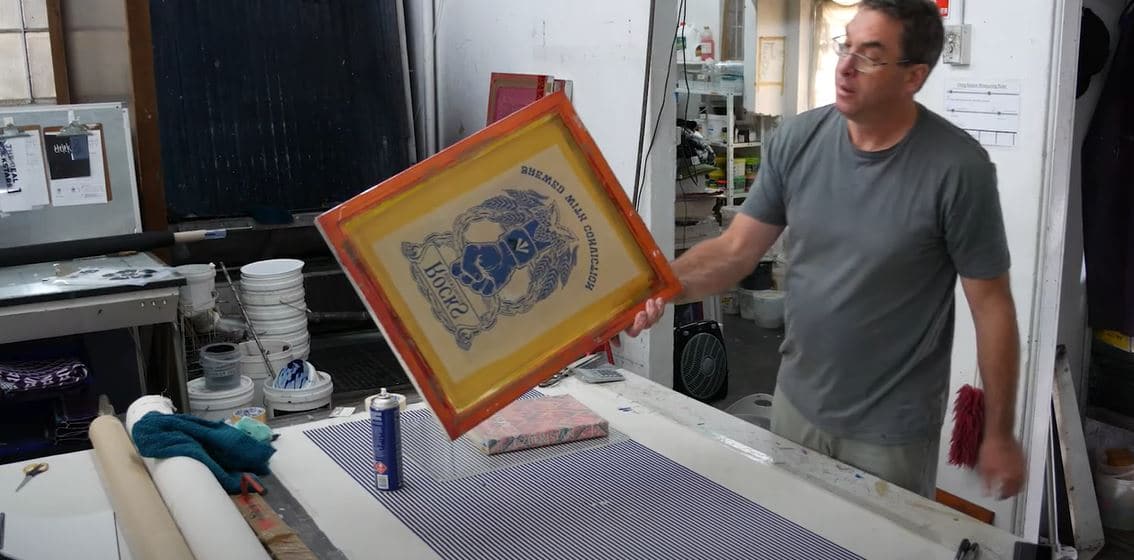The Essential Guide to Understanding Screen Printing and Its Versatile Uses
Screen printing has a rich background that goes back to ancient times, developing into an advanced strategy made use of across different sectors today. This overview discovers the details of the screen printing process, outlining its applications in home, marketing, and fashion décor - 10:9 Design Embroidery. Recognizing these principles can open creative possibility for both commercial and artistic tasks. The adhering to areas will certainly reveal vital ideas and strategies to enhance one's screen printing endeavors
The History of Screen Printing
Screen printing has origins that map back centuries, its evolution reflects the imaginative and technical innovations of different societies. Coming from old China, the strategy was originally made use of for enhancing fabrics and later infect Japan, where it became essential to Ukiyo-e woodblock printing. The approach changed to Europe in the 18th century, where it gained appeal amongst craftsmens and business printers. The invention of photo solution in the 20th century revolutionized screen printing, allowing for even more detailed layouts and better performance. Musicians like Andy Warhol additionally drove its appeal, utilizing the medium to create iconic works that combined commercialism and great art. By the late 20th century, screen printing had actually established itself as a versatile technique, used in style, advertising and marketing, and great art. Today, it continues to develop, integrating electronic modern technology and broadening its applications across various industries.
The Screen Printing Refine Explained
Screen printing changes artistic visions right into substantial styles through a collection of exact steps. A picture is created and after that transferred onto a screen, generally made of great mesh material extended over a framework. A light-sensitive emulsion is related to the screen, which is exposed to light, setting in areas not covered by the photo. After rinsing the unhardened solution, a stencil is created.
Next, the screen is positioned over the substrate, whether it be textile, paper, or one more product. Ink is then pressed with the open locations of the stencil making use of a squeegee, depositing the layout onto the substratum listed below. This process can be duplicated for several shades, requiring different screens for each and every shade. Ultimately, the printed thing is cured utilizing heat to ensure the ink adheres properly, leading to a durable, lively layout prepared for usage.
Kinds of Screen Printing Techniques

Furthermore, specialized methods, such as discharge screen printing, remove color from the fabric to develop softer prints, while foil screen printing uses metallic aluminum foil to achieve a shiny coating (10:9 Design Abilene). Each strategy offers distinct characteristics, providing to various imaginative needs and production ranges, ultimately broadening the opportunities within the screen printing domain
Applications of Screen Printing in Different Industries

Furthermore, the signs and advertising markets make use of screen printing for creating distinctive screens and banners. This approach permits bold colors and detailed designs that catch interest. In electronic devices, screen printing is employed for applying conductive inks to circuit card, crucial for component connections. The home style industry embraces screen printing to produce unique styles on fabrics and wall surface art. On the whole, screen printing works as an essential tool throughout diverse fields, enhancing items with individualized and aesthetically attractive graphics.
Tips for Effective Screen Printing Projects
While undertaking a screen printing job, careful focus to detail can substantially improve the last end result. Picking high-quality products is crucial; this consists of the screen, inks, and substratums. Utilizing proper mesh matters can affect ink deposition and detail resolution. Prep work is just as crucial; complete cleaning of screens and proper direct exposure times assure crisp prints.
Next off, precise registration is critical for multi-color prints. Making use of placement tools can help attain specific layering. Furthermore, testing prints on scrap products before production helps recognize prospective issues without wasting sources.

Regularly Asked Inquiries
What Products Are Ideal for Screen Printing on Textile?
Cotton and polyester blends are ideal for screen printing on fabric due to their resilience and ink absorption. Additionally, specialty textiles like silk or canvas can generate unique appearances and coatings, boosting the total style high quality.
Exactly how Do I Clean and Maintain Screen Printing Equipment?
To keep and clean up screen printing devices, one ought to frequently wash displays with ideal solvents, evaluate mops for wear, lubricate relocating components, and store all products in a completely dry, dust-free atmosphere to extend their lifespan.
What Are the Ecological Influences of Screen Printing?
Screen printing can have considerable environmental influences, consisting of chemical waste from inks and solvents, water use throughout cleaning procedures, and energy consumption. Lasting methods and environmentally friendly materials are vital for reducing these adverse impacts.
Can Screen Printing Be Done at Home Properly?
Screen printing can be successfully done at home with the right products and techniques. Enthusiasts can develop quality prints, though success depends on their ability level, devices, and understanding of the process included.
What Are the Prices Related To Beginning a Screen Printing Organization?

Beginning a screen printing organization involves expenses for devices, products, and workspace. Initial costs commonly vary from a few hundred to several thousand dollars, depending upon the range, top quality of machinery, and desired production capability.
Screen printing has a rich background that dates back to old times, advancing right into a sophisticated technique used across different markets today. One more method, rotating screen printing, uses round displays, promoting continual printing on textile rolls, thereby enhancing efficiency for large-scale productions. Additionally, specialty strategies, such as discharge screen printing, get rid of color from the textile to develop softer prints, while aluminum foil screen printing uses metallic foil to achieve a shiny finish. In the style field, screen printing is extensively made use of to produce lively styles on clothing, enabling brands to display their one-of-a-kind designs. Cotton and polyester blends are optimal for screen printing on material due to their sturdiness and ink absorption.